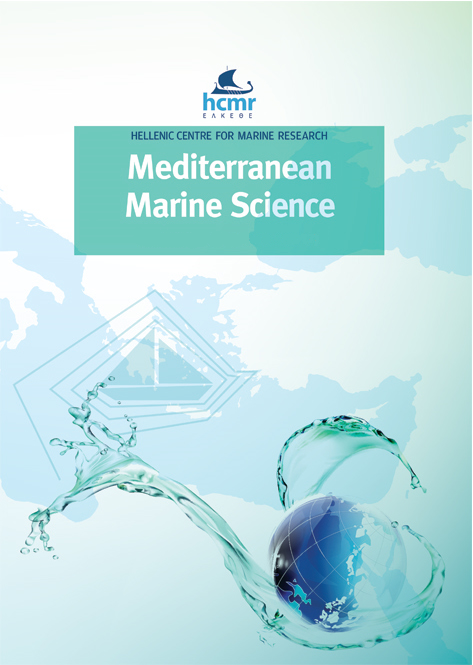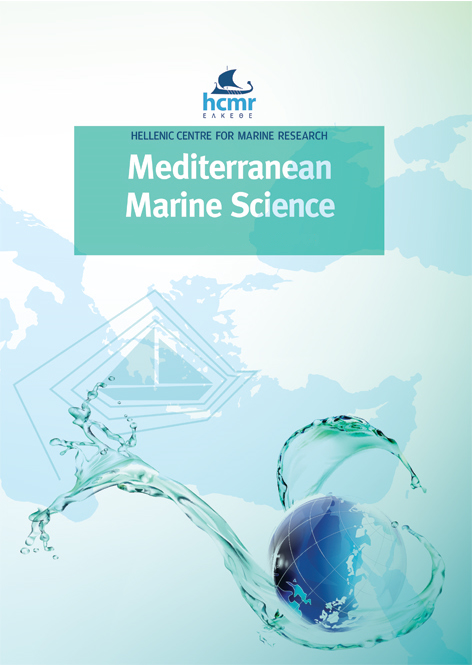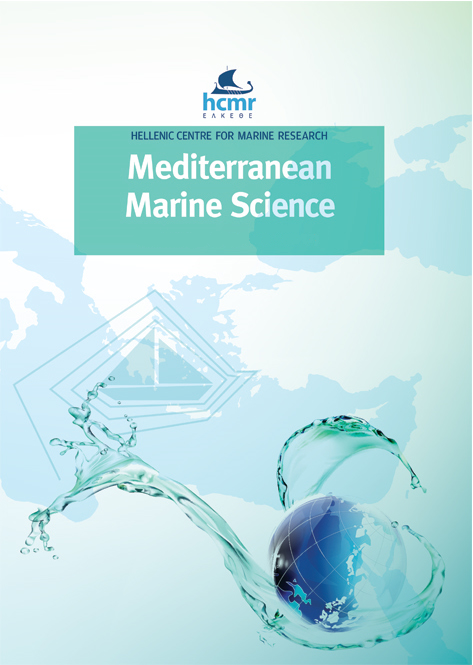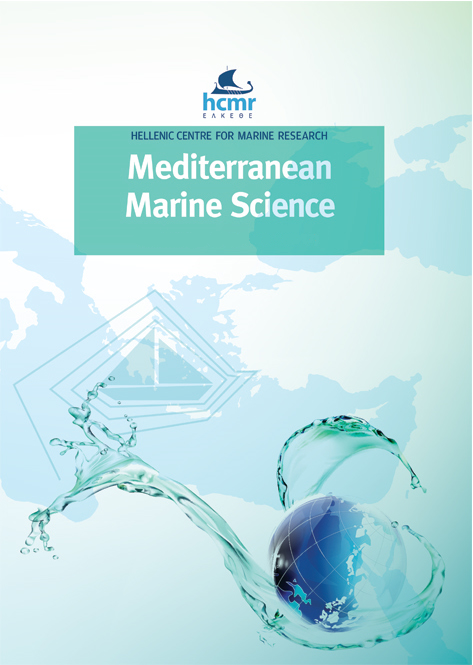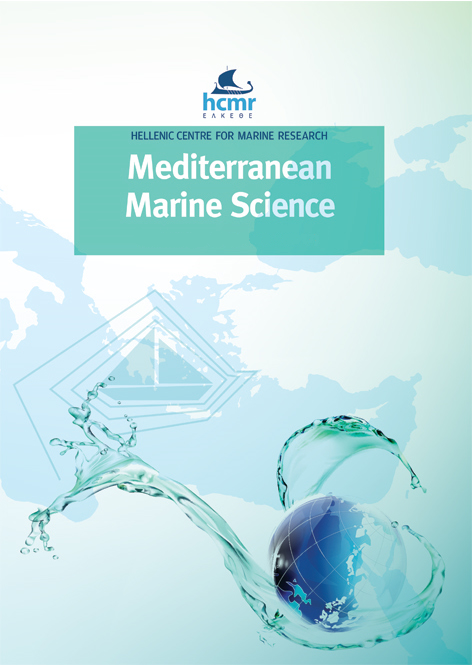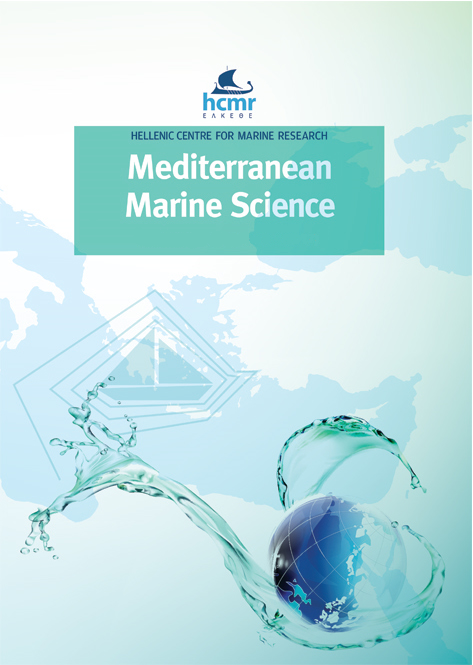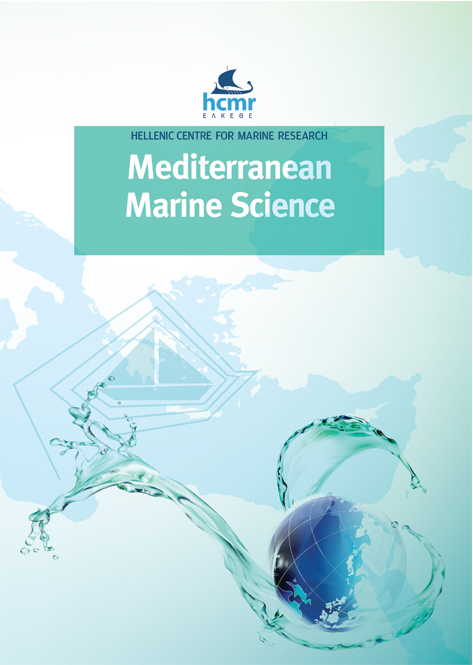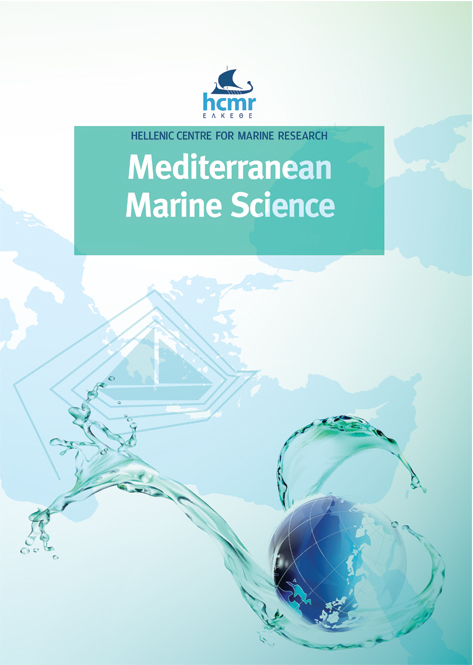Tracking the Lionfish (Pterois miles) invasion through public engagement: new records and implications for Species Distribution Models in the Mediterranean Sea
Abstract
A comprehensive update on the distribution of lionfish (Pterois miles) in the Mediterranean Sea was conducted by documenting 16 newly confirmed photographic records from southern Italy, collected through a national alert campaign supported by three Italian ministries. The campaign, titled Attenti a quei 4! (“Beware of those 4!”), also led to the detection of other invasive species, although lionfish were the most frequently recorded. These new observations, along with 60 georeferenced records from recent scientific literature, were integrated into the www.ormef.eu dataset, resulting in the most up-to-date compilation of P. miles records in the Mediterranean as of March 2025. This updated dataset, now comprising a total of 1,840 georeferenced records, was visualized in a distribution map and compared with predictions made by previously published species distribution models. Notably, most new occurrences were concentrated in the Ionian Sea, a region where climate change projections had previously identified a high risk of invasion for this tropical species. These findings offer valuable insights into the ongoing expansion of P. miles, lending support to model predictions of high-risk areas.
Article Details
- Come citare
-
AZZURRO, E., FALAUTANO, M., CASTRIOTA, L., CHIAPPI, M., D’AMEN, M., LUNETTA, A., INTERDONATO, F., SPINELLI, A., & TIRALONGO, F. (2025). Tracking the Lionfish (Pterois miles) invasion through public engagement: new records and implications for Species Distribution Models in the Mediterranean Sea. Mediterranean Marine Science, 26(3), 484–490. https://doi.org/10.12681/mms.40835
- Sezione
- Research Article
Authors who publish with this journal agree to the following terms:
- Authors retain copyright and grant the journal right of first publication with the work simultaneously licensed under a Creative Commons Attribution Non-Commercial License that allows others to share the work with an acknowledgement of the work's authorship and initial publication in this journal.
- Authors are able to enter into separate, additional contractual arrangements for the non-exclusive distribution of the journal's published version of the work (e.g. post it to an institutional repository or publish it in a book), with an acknowledgement of its initial publication in this journal.
- Authors are permitted and encouraged to post their work online (preferably in institutional repositories or on their website) prior to and during the submission process, as it can lead to productive exchanges, as well as earlier and greater citation of published work (See The Effect of Open Access).

